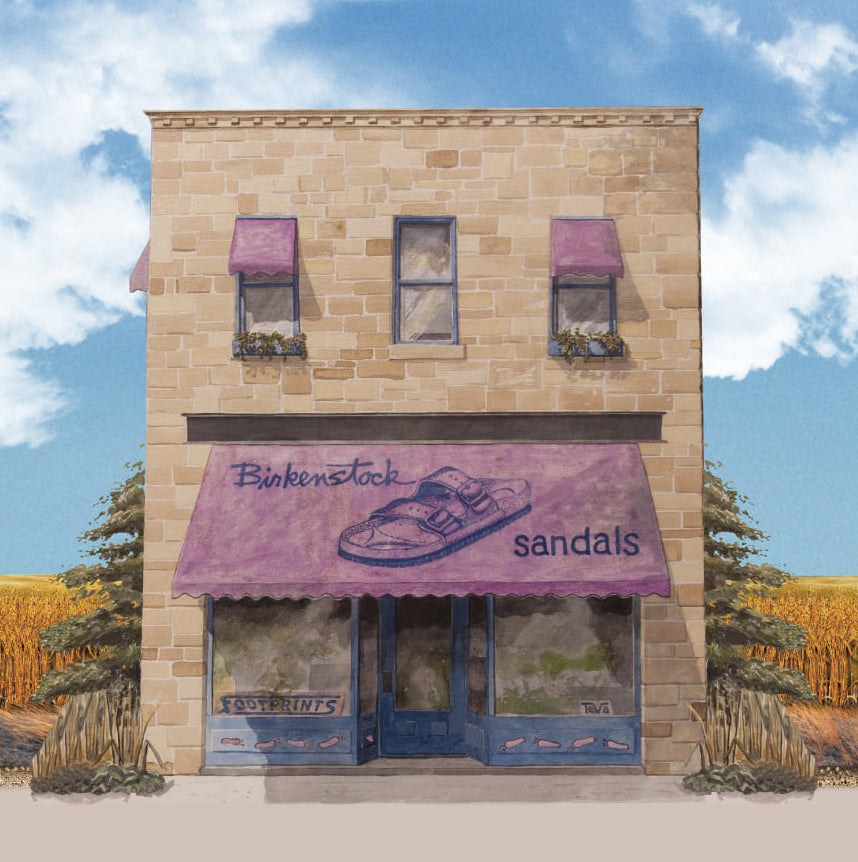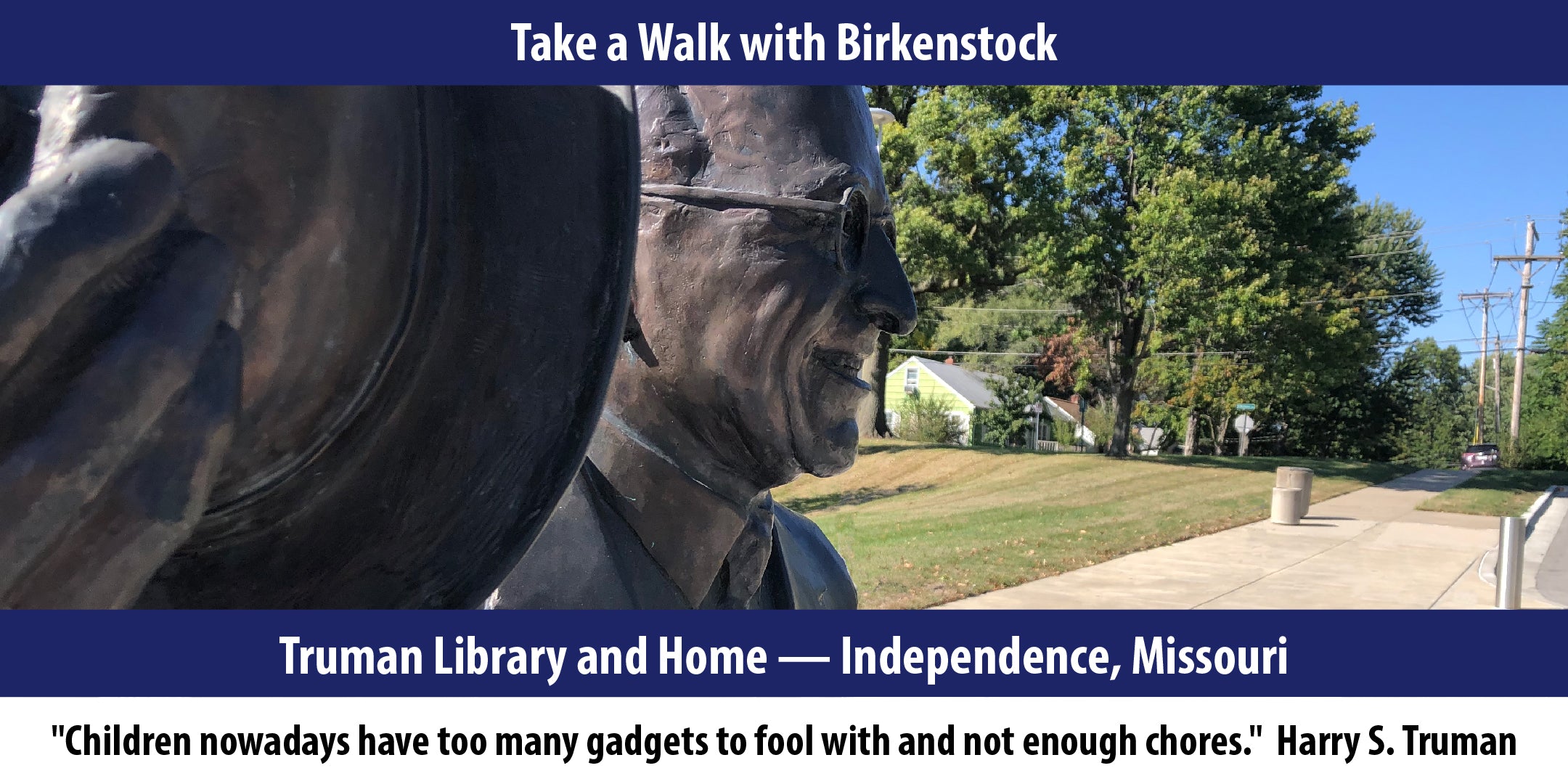Frozen in time, somewhere between 1830s to the 1880s, is the small village of Arrow Rock, Missouri. The fact that modernity has not intruded makes the village special, in fact magical. It is authentic, not a movie set, although films have been shot here. To help maintain that sense of place and to protect it, the entire village has been designated a National Historic Landmark.

The town was sited on a bluff overlooking the Missouri River. The bluff was a rock outcropping loaded with flint. As early as 1732, the outcropping was known as "pierre a fleche" or Arrow Rock. When Lewis and Clark passed by they noted the location and later predicted it would make a good townsite. The town was founded in 1829 with great optimism. The site was at the intersection of the Missouri River and the Santa Fe Trail. With all the river traffic and wagon traffic success was bound to come.

Arrow Rock resides in Saline County. The county's name stems from the number of saltwater springs located there. Salt production quickly became a dominant industry as well as farming the fertile land surrounding Arrow Rock. How in the world could the town not succeed? With disregard to Arrow Rock, time marched on.
Transportation changed. Railroads replaced both the river and wagon traffic. Unfortunately, the railroad bypassed Arrow Rock. Industrialization with its mechanization was occurring. The Arrow Rock economy was based on slave labor, then the Civil War happened. The trends did not favor Arrow Rock. To seal the deal, the flood of 1929 relocated the Missouri River a mile away from the river town. The population has dropped steadily from thousands to 57 people now.
A quaint and signature feature of town is its historic street gutter system. Thousands of blocks of limestone were hand cut and buried 18 to 24 inches deep. To get across the deep gutters there, a series of little wooden bridges assist. The period sidewalks are wooden in front of the downtown storefronts. The J. Huston Tavern is probably Arrow Rock's most significant structure. One of its claims to fame was that it had been the oldest restaurant in continuous operation west of the Mississippi. However, it is currently closed for renovation.

The town was home to many notable people: Dr John Sappington -- developer of quinine. George Caleb Bingham -- Artist. Meredith Miles Marmaduke and John Sappington Marmaduke -- both former governors of Missouri. However, the names of the African American slaves, who actually built much of the town are lost to history. The museum at the State Park Visitor's Center does their best to tell their story, but without individual names. The gutters and the structures they built still exist. Their work makes this place magical. Their skill and craftsmanship impress 21st century visitors.

The industry of Arrow Rock is now tourism. The attraction is both the look of history and the actual history, even though it is complicated. More than 100,000 people per year visit the town. If immersing yourself in history is not your thing, the Lyceum theater, located in an old church, puts on a series of Broadway plays and musicals. The productions are quite good.

When local restaurants are not open, food trucks arrive. There are quite a few Airbnbs in town.

If you come, be cautious when driving over those historic gutters. They were built for horses and buggies. Locals know they have to approach them at a 45-degree angle to avoid scraping their undercarriage, a frequent sound in town. If you drive a Mini Cooper or similar car, don't even try.

Arrow Rock is a beautiful town which lets you step back in time. As you walk around town, looking at the various museums and structures, you gain a greater understanding of the complexity of who we are as Americans and that is a good thing.
Take a walk with Birkenstock.


Photo credits: Amber Harden





















